Master the Art of Fertilizing Your Lawn
Californians spend literally millions of dollars a year trying to feed and grow the perfect lawn. Unfortunately, a great deal of that money is wasted and many times the efforts that people put into trying to improve their lawns is actually counterproductive and does a great deal more harm than good.
Growing a beautiful lawn is both an art form and a science and while only experience can teach you how to read your lawn and know what it’s telling you, science can be a great help in starting you in the right direction, when it comes time to fertilize your lawn.
Please keep in mind that California is a very large state with a wide variety of climate and soil conditions spread over its width and breadth and that every type of grass has its own preferences as to soil content and fertilizing needs. This means that the information here should only be used as a general guide.
For the best results, you should have your soil tested and then seek the advice of an expert for more detailed guidance. Whittier Fertilizer offers soil testing kits that you can send to a lab for an analysis. These cost around $85. You can also take samples of your soil to a local lab, such as Wallace Laboratories, and gets the results back in around two days.
How Much Fertilizer Do I Need
As a general rule, in California, both cool and warm weather varieties of grasses should only require about 4 to 6 pounds of actual nitrogen per year per 1000 sq./ft. By “Actual Nitrogen” we mean that if your fertilizer is 25% nitrogen like “Best Super Turf” You will need to apply 4 lbs of fertilizer to be adding 1 lbs of actual Nitrogen to your lawn.
How Often Should I Fertilize My Lawn
This should be broken up into 4 or more applications over the course of the year with more being better for both your grass and the environment at large. When you over fertilize in a single application you not only risk burning your grass, but you will lose more, of what you apply, to run off and ground seepage. This harms the environment and means you have wasted your hard earned cash and efforts; to no good end.
So think smaller, more frequent fertilizer applications or use a slow release fertilizer like “GreenAll Sure Start“. Slow release fertilizers allow you to wait 6-8 weeks between applications and feed your lawn at a more constant rate allowing for better utilization of the nutrients they provide.
Sun, Shade and Dry Areas
Turf in heavily shaded areas will only require about half of that needed by grass growing in direct sunlight, so apply fertilizer sparingly under trees and around shrubs. The same can be said for grass growing in drier areas.
Growing a beautiful lawn isn’t rocket science, but it is science. Just like a body needs the right nutrients in a proper balance to stay healthy, so does your turf and just like a person overfeeding can cause just as many problems as underfeeding. For the best results, contact a qualified lawn care professional, in your area and seek their advice.
Posted in: Landscaping
Leave a Comment (0) →

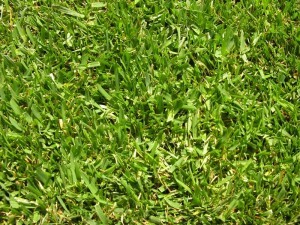
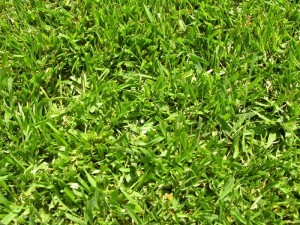
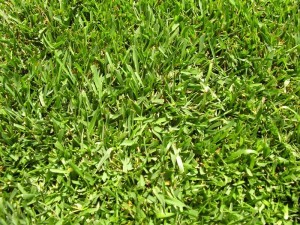
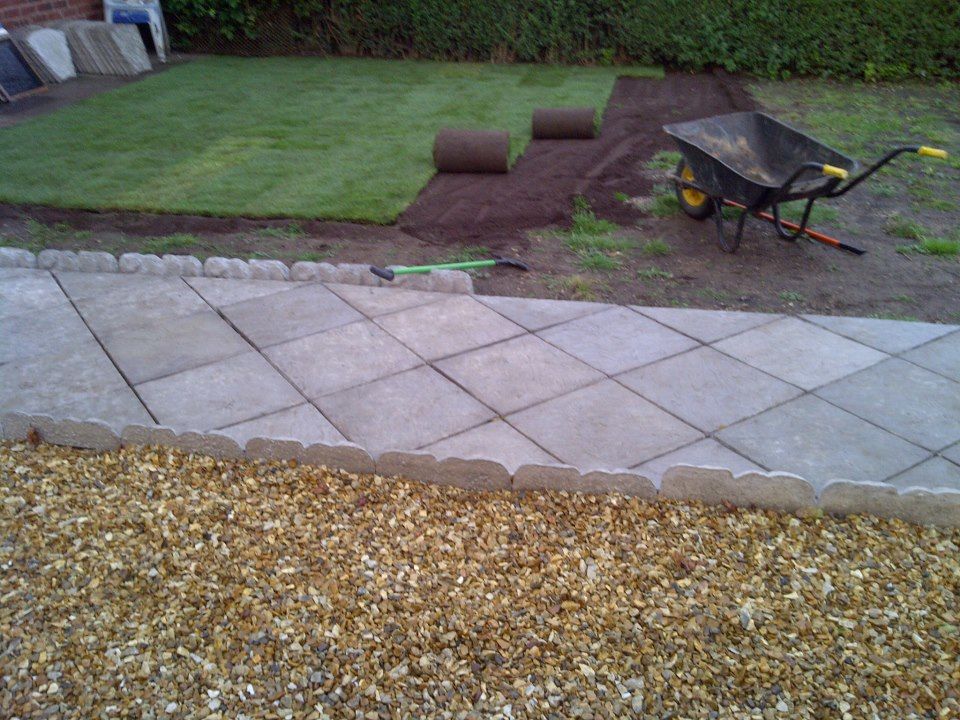
 When spring has sprung and the garden is showing signs of new life, the steps that were taken the previous autumn to prepare it for the winter months will be evident. Winterizing a garden, just like winterizing a home or an automobile, doesn’t take a great deal of time or effort, and the benefits far outweigh the time and effort spent.
When spring has sprung and the garden is showing signs of new life, the steps that were taken the previous autumn to prepare it for the winter months will be evident. Winterizing a garden, just like winterizing a home or an automobile, doesn’t take a great deal of time or effort, and the benefits far outweigh the time and effort spent. Tomatoes, one of the most commonly grown plants in home gardens, are easy and simple to cultivate and, with just a little attention to detail can be made to produce a fine, luscious crop which can be consumed in any number of ways. They can be eaten raw, added to salads, cooked into a variety of dishes, canned or bottled for later use, or made into different types of sauces or drinks. There are literally thousands of varieties of tomatoes from which to choose and these prodigious plants, native to South America, can be grown in nearly any climate. Tomatoes, like their common garden brethren the zucchini, often grow to produce huge amounts of edible fruit, allowing the successful cultivator a surplus that can be shared with others.
Tomatoes, one of the most commonly grown plants in home gardens, are easy and simple to cultivate and, with just a little attention to detail can be made to produce a fine, luscious crop which can be consumed in any number of ways. They can be eaten raw, added to salads, cooked into a variety of dishes, canned or bottled for later use, or made into different types of sauces or drinks. There are literally thousands of varieties of tomatoes from which to choose and these prodigious plants, native to South America, can be grown in nearly any climate. Tomatoes, like their common garden brethren the zucchini, often grow to produce huge amounts of edible fruit, allowing the successful cultivator a surplus that can be shared with others.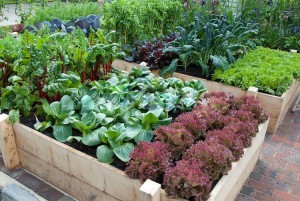 Preparing a raised bed garden for spring planting is very important to getting the highest quality plants and vegetables. A raised bed garden needs to be worked like other gardens to make sure that the soil is ready for planting. This also means that the right mulch should be used to keep unwanted weeds from taking over a raised bed garden. There is a simple checklist that should be followed when preparing a garden for the spring to keep everything in order. Before spring planting takes place it is important to make sure everything is ready to go to avoid fixing anything during the growing season.
Preparing a raised bed garden for spring planting is very important to getting the highest quality plants and vegetables. A raised bed garden needs to be worked like other gardens to make sure that the soil is ready for planting. This also means that the right mulch should be used to keep unwanted weeds from taking over a raised bed garden. There is a simple checklist that should be followed when preparing a garden for the spring to keep everything in order. Before spring planting takes place it is important to make sure everything is ready to go to avoid fixing anything during the growing season. Many people are moving into homes that have been on the market a long time. These homes are in desperate need of a complete landscaping makeover. The years of neglect have taken a heavy toll on the lawn and garden. What could be better than transforming the front of the house into a wonderful garden for all the neighbors to see and enjoy? Landscaping around the patio and pathway to the pool is another good idea that will increase the appeal of the property. Undertaking such a task involves a lot of time and effort. Creating low maintenance gardens around the property will result in more time to enjoy them.
Many people are moving into homes that have been on the market a long time. These homes are in desperate need of a complete landscaping makeover. The years of neglect have taken a heavy toll on the lawn and garden. What could be better than transforming the front of the house into a wonderful garden for all the neighbors to see and enjoy? Landscaping around the patio and pathway to the pool is another good idea that will increase the appeal of the property. Undertaking such a task involves a lot of time and effort. Creating low maintenance gardens around the property will result in more time to enjoy them.